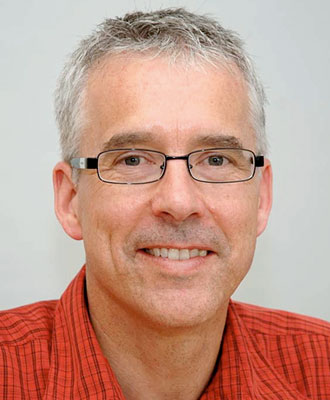Unless the capacity is exceeded, we will not respond to your email. Attendance is free, just bring along your lunch.
RSVP NOW for the next Microseismic User Group (MUG) event.
If you have any questions, please contact:
Paige Mamer, Paige.Mamer@tgs.com,
Johnny Wentzel, Johnny.Wentzel@esgsolutions.com
Abstract
Focal-depth estimates generally have significantly greater uncertainty than epicentral locations. The issue of depth uncertainty is more problematic for regional monitoring arrays than for dense arrays located proximal to the treatment well. Uncertainty arises from several factors, including velocity-model errors, and it hinders robust geological interpretation of induced seismicity. A new technique, called the focal-time method, leverages information from stratigraphic correlations between P-P and P-S seismic data in order to construct a lookup table that effectively eliminates the necessity to build an explicit velocity model to determine focal depth. For the focal-time method, depth uncertainty depends mainly on regression uncertainty in zero-offset intercept times for P and S waves for induced events, as well as uncertainty in statics corrections required for re-datuming induced seismicity observations to the seismic datum. A published case study from the Duvernay region illustrates the application of the focal-time method, which continues to undergo development and improvement.
Biography
Professor David Eaton holds the NSERC/Chevron Industrial Research Chair in Microseismic System Dynamics in the Department of Geoscience at the University of Calgary. Together with graduate students and postdoctoral fellows, his work focuses primarily on advancement of research, education and technological innovations in microseismic methods and their practical applications for resource development, with a secondary focus on the deep lithospheric structure of continents. In 2007, he rejoined the University of Calgary as Head of the Department of Geoscience, after an 11-year academic career at the University of Western Ontario. His postdoctoral research experience included work at Arco’s Research and Technical Services (Plano, Texas) and the Geological Survey of Canada (Ottawa). He has over 140 publications in peer-reviewed journals and books, including articles in Nature and Science, as well as a recently published textbook on Passive Seismic Monitoring of Induced Seismicity.





